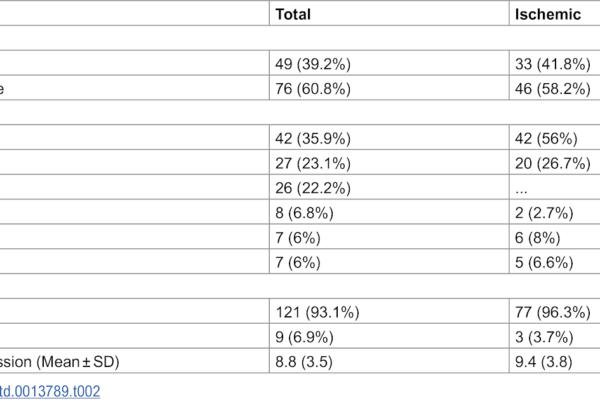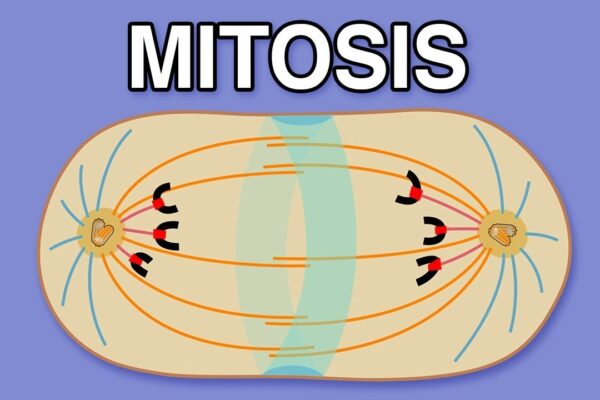
Will melting glaciers cause increased seismic activity in mountainous regions? – State of the Planet
A recent study of Letters on Earth and Planetary Sciences is the first to directly link earthquakes to climate change-induced glacier melt. Scientists analyzed 15 years of seismic activity on the Grandes Jorasses, a peak that is part of the Mont Blanc massif between Italy and France, to better understand this association. This massif is…












